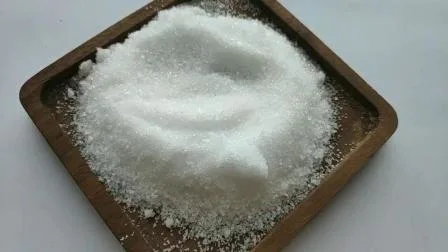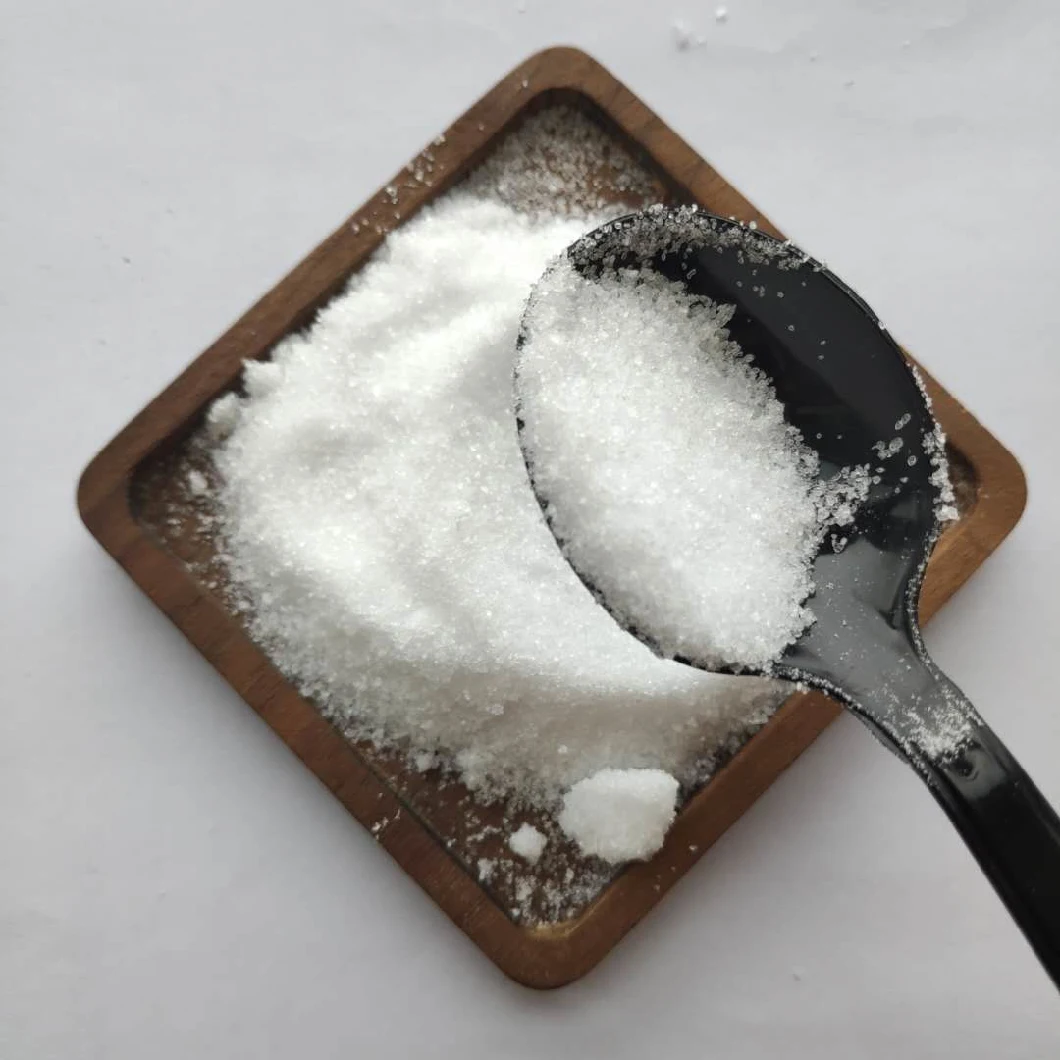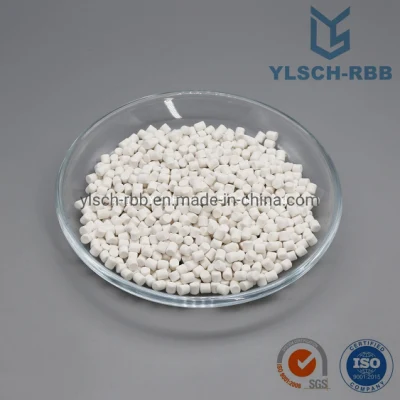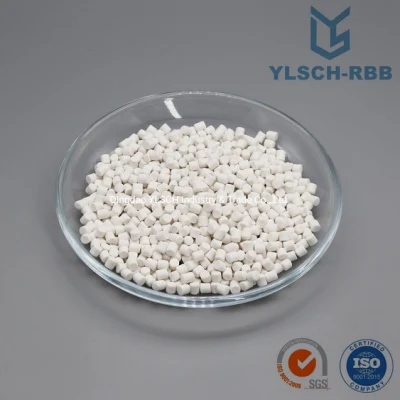
Guanidine Thiocyanate / CAS No. 593-84-0 / Gtc / Guanidine Isothiocyanate for Biochemical Research
Basic Info
| Model NO. | Guanidine Thiocyanate |
| Colour | White |
| Name | Guanidine Thiocyanate |
| Name 1 | Guanidine Thiocyanate |
| Transport Package | Alu Package |
| Specification | 25kg/drum |
| Trademark | crovell |
| Origin | China |
| HS Code | 2909500000 |
| Production Capacity | 5000kg/Month |
Product Description
Guanidine thiocyanate CAS 593-84-0
Guanidine Thiocyanate is a strong chaotropic protein denaturant, and is intended for use in isolation of nucleic acid.Guanidine Thiocyanate is an ultrapure, molecular biology grade reagent. It is free of detectable nuclease and protease activity and is a strong protein denaturant, as both the guanidinium cation and the thiocyanate anion are chaotropic agents. It is provided in one bottle containing 500 g. It is recommended for isolation of RNA, especially for tissues such as pancreas with high levels of RNase activity. In solution, it is known as guanidinium thiocyanate. Guanidine Thiocyanate is thoroughly tested for contaminating nonspecific endonuclease, exonuclease, and RNase activity.
Chemical Name:Guanidine thiocyanate CAS 593-84-0CAS: 593-84-0Molecular Fomula: CH5N3.CHNSMolecular weight: 118.16Appearance: white powderAssay: 99%min
Item | Specifications | Results |
Description | White crystal, soluble in water and alcohol | White crystal |
Appearance | Clear and colorless(35%in water) | Pass test |
Content | ≥99.5% | 99.68% |
NH4CI | ≤0.2% | 0.09% |
Water content | ≤0.3% | 0.23% |
Ash | ≤0.1% | 0.071% |
Solubility test(in water) | Passes test | Pass test |
Melting point | 118~121ºC | 119.2ºC |
PH(11.8% in water) | 5~7 | 6.5 |
A(280nm)35% in water | ≤0.4 | 0.192 |
A(260nm) 55% in water | ≤0.2 | 0.059 |
Iron(Fe) | ≤0.1ppm | Pass test |
Conclusion | The results conforms with enterprise standards | |
Function
Guanidine Thiocyanate (GTC)is mainly used in biomedicine, chemical reagents and the like. Chaotropic agent and strong denaturing agent for denaturation of lysed cells, extraction of RNA and DNA; Can be used as DSSC adsorbent to increase DSSC conversion.








